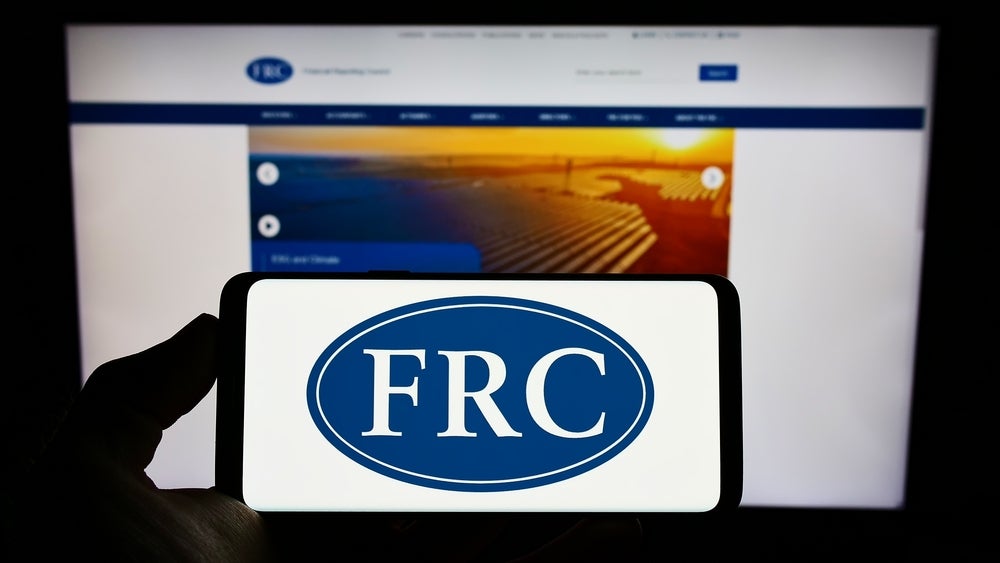
The International Public Sector Accounting Standards Board® (IPSASB®), developer of IPSAS®, international accrual-based accounting standards for use by governments and other public sector entities around the world, has published an updated chapter of its Conceptual Framework, which establishes the concepts that are applied in developing IPSAS and Recommended Practice Guidelines (RPGs) and are applicable to the preparation and presentation of public sector entities’ general purpose financial reports.
The Conceptual Framework enables the IPSASB to ensure the consistency of its standard-setting by strengthening the linkage between IPSASs. Additionally, the transparency of the concepts underpinning the development of IPSASs and RPGs enhances the IPSASB’s accountability.
The updated chapter, Chapter 3, Qualitative Characteristics, completes the limited scope project to improve its Conceptual Framework for Financial Reporting by Public Sector Entities, which also included:
- Chapter 5, Elements in Financial Statements
- Chapter 7, Measurement of Assets and Liabilities in Financial Statements
The updated chapters have been informed by the IPSASB’s experience using the Conceptual Framework since its approval in 2014, and by global developments, notably the International Accounting Standards Board’s publication of a revised Conceptual Framework for Financial Reporting in 2018.
Commenting on this, IPSASB chair, Ian Carruthers, said: “As the IPSASB enters its next strategic phase, the Conceptual Framework will continue to be a cornerstone of the IPSASB’s literature.
“These changes strengthen the Conceptual Framework and reinforce its relevance to both our financial reporting and new sustainability reporting activities.”
How well do you really know your competitors?
Access the most comprehensive Company Profiles on the market, powered by GlobalData. Save hours of research. Gain competitive edge.

Thank you!
Your download email will arrive shortly
Not ready to buy yet? Download a free sample
We are confident about the unique quality of our Company Profiles. However, we want you to make the most beneficial decision for your business, so we offer a free sample that you can download by submitting the below form
By GlobalDataThe updated Chapter 3 includes guidance on prudence, which is not a separate qualitative characteristic in its own right and adds ‘obscuring’ information to ‘misstating’ and ‘omitting’ information as a factor relevant to materiality judgments. The addition of ‘obscuring’ is an acknowledgement that, for example, voluminous disclosures of immaterial items can have an adverse impact on the usefulness of financial reports.
The updated Chapter 5 includes revised definitions of an asset and a liability. Guidance on these definitions has been restructured to better align with the components of the definitions, making it more user-friendly. There are also new sections on unit of account and executory contracts that are equally unperformed by both parties.
The IPSASB has fully revised Chapter 7 to streamline measurement concepts by eliminating unused measurement bases and focusing on the most commonly used measurement bases. The new subsequent measurement framework explains how the various measurement components applied to estimate the value of an asset or liability interact.
The updated chapters of the Conceptual Framework became effective for the IPSASB when published.






